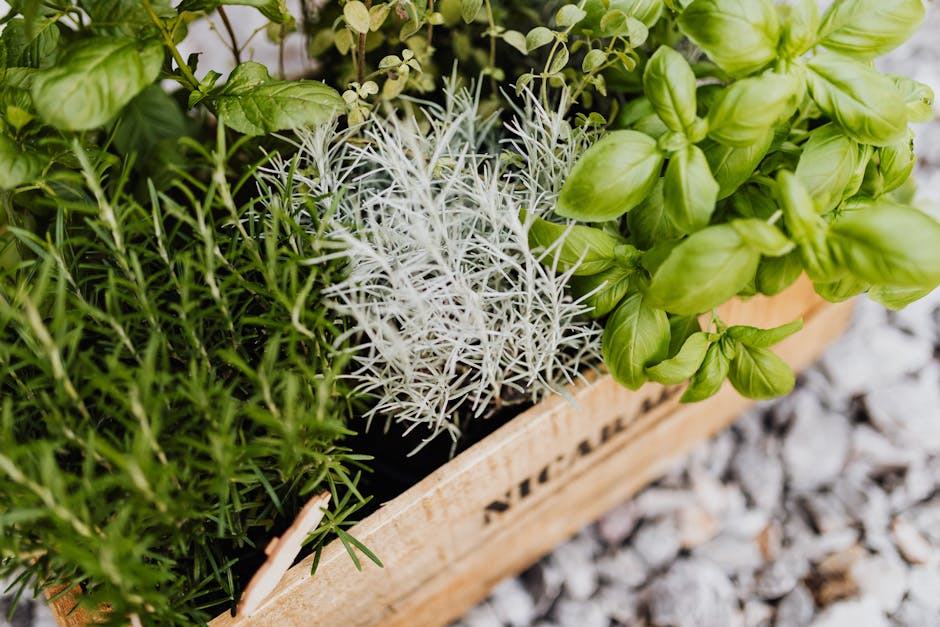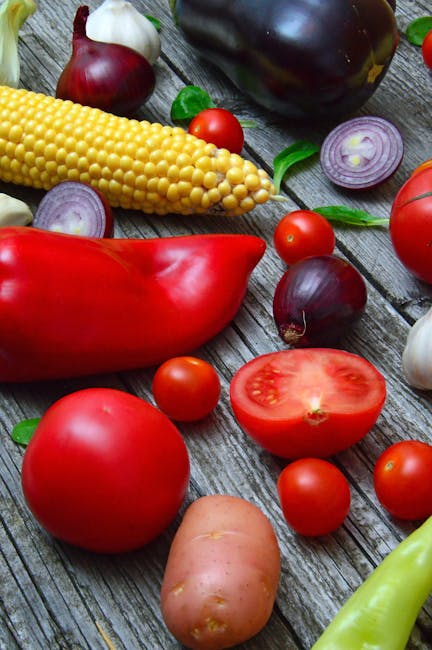Understanding Parsley Growth
Parsley, that versatile herb with its vibrant green leaves and distinctive flavor, is a rewarding addition to any garden. However, knowing how to harvest parsley correctly is crucial for ensuring a continuous supply of this culinary gem. Improper harvesting can stunt growth, leaving you with a sparse and unproductive plant. This comprehensive guide will delve into the art of parsley harvesting, revealing the techniques that will keep your parsley thriving for months, even years.
Parsley Types: Italian vs. Curly
Before we dive into harvesting techniques, it’s important to understand the two main types of parsley: Italian (flat-leaf) and Curly. While both are delicious and offer similar culinary uses, their growth habits can slightly influence harvesting strategies. Italian parsley tends to be bushier and more robust, while curly parsley boasts a more delicate, frilly foliage. These subtle differences impact how you approach harvesting.

Harvesting Techniques for Continuous Growth
The key to a continuously productive parsley plant lies in the “harvesting-to-promote-growth” principle. Instead of taking large chunks, we’ll focus on methods that encourage bushier growth and prevent the plant from bolting (going to seed).
The “Pinch and Snip” Method: Ideal for Young Plants
For young parsley plants, the “pinch and snip” method is highly effective. This involves gently pinching off the topmost leaves, just above a set of leaf nodes. This encourages branching, leading to a fuller, bushier plant with more leaves. Avoid pulling or snapping stems, as this can damage the plant. Use clean, sharp scissors or pruning shears for a clean cut.
- When to use: Best suited for plants in their early stages of growth.
- How often: Pinch and snip every 1-2 weeks, depending on growth rate.
- What to harvest: Focus on the outer leaves, leaving the inner leaves intact to continue photosynthesis.
Selective Harvesting: For Mature Plants
Once your parsley plant has matured, selective harvesting becomes your primary method. This involves carefully selecting individual stems or leaves to harvest, leaving the majority of the plant intact. This prevents stressing the plant and ensures continuous growth. Remember to always leave at least one-third to one-half of the plant’s foliage.
- When to use: Best for established, mature parsley plants.
- How often: Harvest as needed, but aim for at least every 2-3 weeks.
- What to harvest: Prioritize outer stems and leaves. Avoid harvesting the very center of the plant.
The Cut-and-Come-Again Method: Ideal for Abundant Harvests
For a bountiful harvest, the cut-and-come-again method is a winner. This involves cutting about one-third to one-half of the plant’s foliage back to the base, ensuring a clean cut near the soil line. This encourages new growth from the base, resulting in a vigorous flush of new leaves. This is ideal for larger plants.

- When to use: Suitable for well-established plants with substantial growth.
- How often: Use this method every 4-6 weeks, or when the plant appears overgrown.
- What to harvest: Cut generously, ensuring even distribution of the harvest.
Preventing Bolting: The Enemy of Continuous Parsley Growth
Bolting, the process where the parsley plant sends up a flower stalk, signals the end of its leaf production phase. Bolting is typically triggered by heat stress and long days of sunlight. To prevent this, follow these tips:
- Plant in partial shade: Parsley thrives in slightly shaded areas, especially during the hottest parts of the day.
- Consistent watering: Avoid letting the soil dry out completely, especially during hot and dry weather.
- Mulching: Applying a layer of mulch around the plant’s base helps retain soil moisture and regulate temperature.
- Regular harvesting: Consistent harvesting, as described above, helps prevent the plant from diverting energy to flower production.
Optimizing Growth for Abundant Harvests
Beyond the harvesting techniques, several other factors contribute to a thriving parsley plant and plentiful harvests:
Soil and Planting
Parsley prefers well-drained, fertile soil rich in organic matter. Amend your soil with compost before planting to ensure optimal growing conditions. Plant your parsley seeds or seedlings in a location with at least four hours of sunlight per day, but ideally with some afternoon shade.
Watering and Fertilizing
Consistent watering is essential for parsley. Water deeply and regularly, especially during dry spells. Avoid overwatering, which can lead to root rot. A balanced liquid fertilizer applied every 4-6 weeks during the growing season will boost the plant’s growth and leaf production.
Pest and Disease Management
Parsley can be susceptible to pests like aphids and leaf miners, and diseases like fungal leaf spots. Regularly inspect your plants for signs of infestation or disease. Use organic pest control methods, such as insecticidal soap or neem oil, to address pest problems. Improve air circulation around the plants to reduce the risk of fungal diseases.
Winter Care (for cooler climates)
In regions with cold winters, parsley may die back. You can protect your parsley by mulching heavily around the base of the plant or by covering the plant with a cold frame or row cover. Alternatively, you can start new parsley indoors during the winter months and transplant them outdoors in the spring.
Conclusion: The Path to Perpetual Parsley
Mastering the art of parsley harvesting isn’t just about getting a delicious garnish; it’s about nurturing your plant to its full potential. By employing the right techniques, preventing bolting, and optimizing growing conditions, you can enjoy a continuous supply of fresh, flavorful parsley, adding a vibrant touch to your culinary creations year after year.


